Stanton Family Crest, Coat of Arms & Stanton Name Origin
|
|
|
|
|
| Return to Home page | Bookmark this page | Link to this page | Send a Stanton Postcard |
| Find Your Name | ||||||||
| A | B | C | D | E | F | G | H | |
| I | J | K | L | M | N | O | P | |
| Q | R | S | T | U | V | W | X | |
| Y | Z | |||||||
Stanton Family Crest


Origin of the Name Stanton
The ancient history of the name Stanton was found in the allfamilycrests.com archives.
Over the centuries Surnames developed a wide number of variants. Different spellings of the same name can be traced back to an original root. Additionally when a bearer of a name emigrated it was not uncommon that their original name would be incorrectly transcribed in the record books at their new location. Surnames were also often altered over the years based on how they sounded phonetically and depending on the prevailing political conditions it may have been advantageous to change a name from one language to another.
Variants of the name Stanton
include Staunton and MacEvilly. This was an important Hiberno-Norman sept, their original territory being Connacht. A sept or clan is a collective term describing a group of persons whose immediate ancestors bore a common surname and inhabited the same territory. Irish septs and clans that are related often belong to even larger groups, sometimes called tribes.
They settled in Connacht just after the Anglo-Norman invasion and in the fourteenth century under Richard de Burgo acquired territory in the baronies of Clanmorris and Carra. The ancestor of the MacEvillys was Sir Bernard Staunton, formerly de Sdondon, whose son Philip Mor de Sdondon was amongst the first Norman invaders. Most of the MacEvillys have now reverted to the name Staunton and in the birth registrations of 1890, 67 Stauntons or Stantons were recorded in Counties Mayo and Galway. An early record of the name refers to an Alice de Stanton, from Cambridgeshire, in the year 1273.
The Stanton coat of arms came into existence centuries ago. The process of creating coats of arms (also often called family crests) began in the eleventh century although a form of Proto-Heraldry may have existed in some countries prior to this. The new art of Heraldry made it possible for families and even individual family members to have their very own coat of arms, including all Stanton descendants.
|
WONDERFUL GIFTS FOR EVERY OCCASION
Show Off Your Heritage With Our Range Of Top Class Gifts For Your Family Name! VERY LIMITED TIME OFFER: FREE DELIVERY!!! |
||
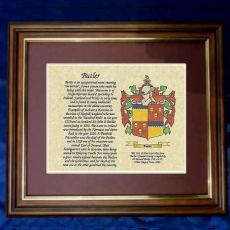 Parchment Prints: Framed, Unframed, Perfect  |
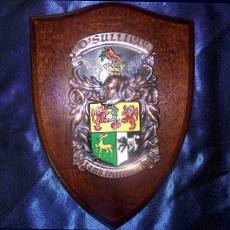 Researched Hand-Painted Plaques & Shields  |
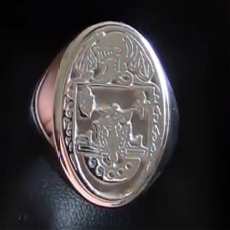 Incredible Hand-Engraved Signet & Seal Rings  |
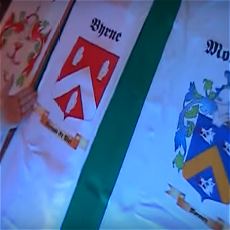 Get your Family Crest Flag, on Ireland or White background!  |
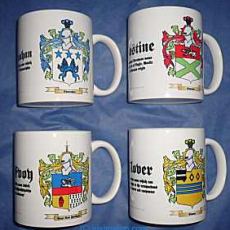 Personalized Coffee Mugs Make Thoughtful Personalized Gifts  |
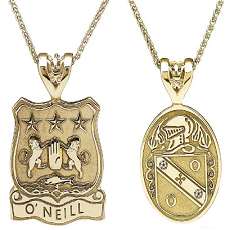 Engraved Pendants in Gorgeous Gold or Stylish Silver.  |